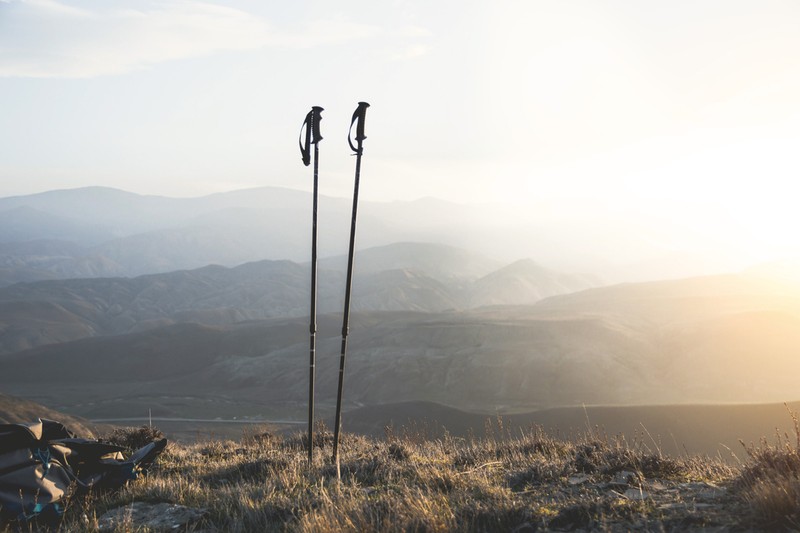
How To Get Started With Nordic Walking
Firstly, what exactly is Nordic walking?
Despite misconceptions, no pine forests or snowy mountains are needed for Nordic walking, which originated in Finland in the 1930s. “Nordic walking is a whole-body exercise based on the summer training of cross-country skiers,” Gill Stewart, director of Nordic Walking UK, who has championed the outdoor sport since its mid-2000s rise in UK popularity, tells us. “The key is to use two specifically designed poles and a special technique that ensures you get forward propulsion and not just support from them.” Nordic walking is a fantastic way to turn an ordinary walk into a full-body workout – like using a cross trainer, only you’re outdoors.
So, what are the benefits?
Done properly, Nordic walking uses 90% of your major muscles and makes you lighter on your feet, which quite literally puts a spring in your step and takes pressure off joints. “It can also help improve posture and releases back and shoulder stiffness,” Gill adds. “By providing stability and support, it’s an ideal activity for those who are unfit, have a medical condition or who aren’t used to walking. It can also increase the calories burned with every step since 90% of your major muscles are being used, making it a great form of cardiovascular exercise. The upper body action engages the arms, shoulders, chest and back muscles, putting it on a par with swimming.” There’s science behind it, too, adds Alex Parren, personal trainer and running coach for Sundried. “A systematic review of studies on hundreds of test subjects found Nordic walking is better and more effective than brisk walking without poles – and in some cases even jogging – with regard to heart rate, oxygen consumption and quality of life. Nordic walking is particularly beneficial for women over 50 as this age group are more likely to suffer from lifestyle-related diseases such as diabetes, heart disease and high blood pressure. By being low in impact, the sport is also safe for those with arthritis and osteoporosis.”
How often do you have to do it to see the benefits?
As with any type of exercise, consistency is key. “Start slowly and work your way up, otherwise you may overdo it and risk ending up injured,” says Alex. “Three times a week for 30 minutes per session is a great starting point. Then, as you gain confidence and your technique improves, you can make your sessions longer and more intense.” Expect to see results within weeks, says Gill. “Initially, you’ll see improvements in your posture, then increased energy levels and finally inch loss and muscle tone. One secret ingredient is the fact that because the poles provide propulsion, you can walk faster and further than you would without poles, meaning you can achieve results quickly,” she tells us.
How to get started?
The first step is to invest in a decent pair of poles, Gill advises. “You can’t Nordic walk with normal hiking or trekking poles which have a simple looped strap. Nordic walking poles have a glove-like strap or a power core ledge that you push into whilst angling the pole behind you. The key is to master a straight arm-swing and ensure you aren’t gripping the poles too tightly, which causes them to be too vertical. The aim is to swing the arm forward, push into the poles and roll through the foot from heel to toe with a lovely, long stride. Once you get the hang of it, the movement is empowering and feels natural.” And unlike cross-country skiing where the poles move in unison, in Nordic walking the poles alternate – when your right foot is forward, your left pole should be forward, and vice versa. “Don’t be tempted to teach yourself, though,” says Gill. “It’s impossible to know if you are engaging the correct muscles and you’re highly likely to end up simply walking with two poles and not gaining the necessary propulsion. Consider booking a couple of sessions with an instructor – they’ll take you through the key movements to get you going.”
What are some of the most common mistakes beginners make?
Remember Nordic walking is a particular technique – it’s not just ‘walking with poles’. “I see so many people simply walking along and tapping the poles rather than using them to push forward,” says Gill. “When you do this, you grip the pole more than you need to, which doesn’t allow for the correct angle. This also results in a bent arm action, which in turn reduces your stride and means you won’t be getting the benefits.”
What kind of kit is worth investing in?
There are two types of poles – ones with straps and ones without. “Look to brands such as Gabel, Leki and Fizan,” Gill recommends. “The Fizan Fitness poles are a great and affordable option if you’re just starting out. You’ll also need a slim backpack or waist pack that doesn’t impede your arm-swing and a decent pair of shoes that have flexible soles, which will make it easier to push off from the toes and roll the foot.” Alex also recommends buying a couple of pairs of decent hiking socks, which will aid circulation and prevent your legs and muscles from aching too much after your workout. If you don’t want to splurge on equipment initially, most instructors will provide equipment so you can get a feel for things. It’s also worth buying poles with a variable length, so you can adjust them according to the terrain you’re walking on.
Once you’ve been Nordic walking for a while, how can you keep the body challenged?
“Adding in tougher terrain is an excellent way to level things up,” says Alex. “You can even try speed hiking on steeper inclines to keep things interesting.” But it’s not all about speed, says Gill. “If you practise Nordic walking in a group, sometimes your instructor will slow the group down in order to concentrate on the ‘push and lift’ technique. Groups will offer walks of all types with hills, speed drills and even strength training. Keep an eye out for ‘total body walking’, which is offered by WALX groups all over the UK and combines pole walking with other exercises.”
How can you find a group?
There is a burgeoning Nordic walking community in the UK, with more than 2,000 qualified instructors across the country. Nordic Walking UK is one of the largest and incorporates technique classes into their membership, while British Nordic Walking offers classes and guided walks. As Gill explains, “When you first sign up to a group, you’ll be encouraged to start with a Power of Poles course, which lasts 90 minutes. After you’ve mastered the basics, you can choose from over 2,000 walks a week. If you head to NordicWalking.co.uk/find-walks/ and pop in your postcode, you’ll find groups and activities in your local area.”
For more information, visit Sundried.com and NordicWalking.co.uk
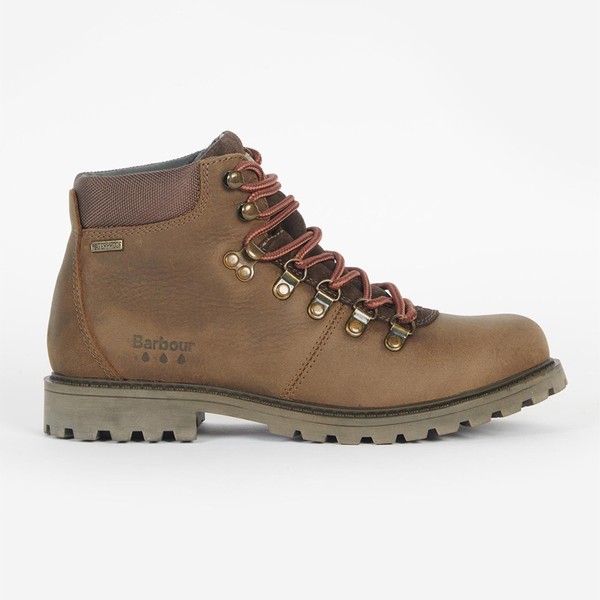

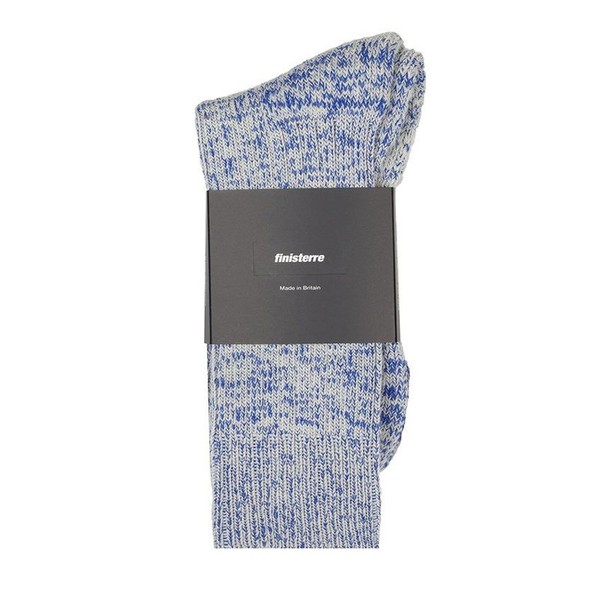
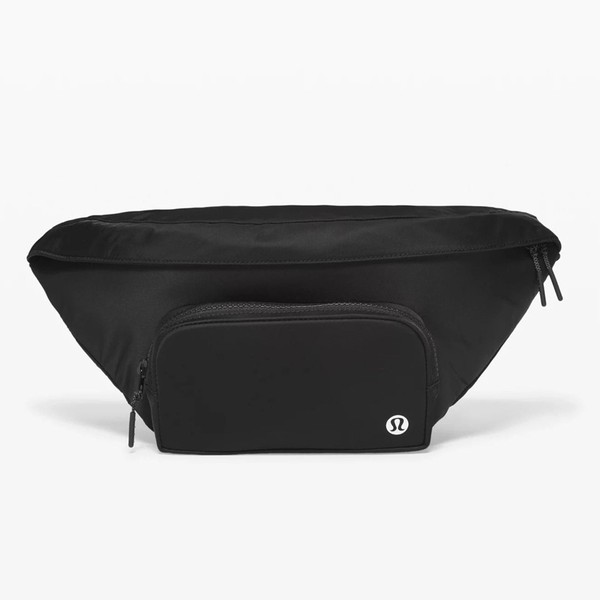

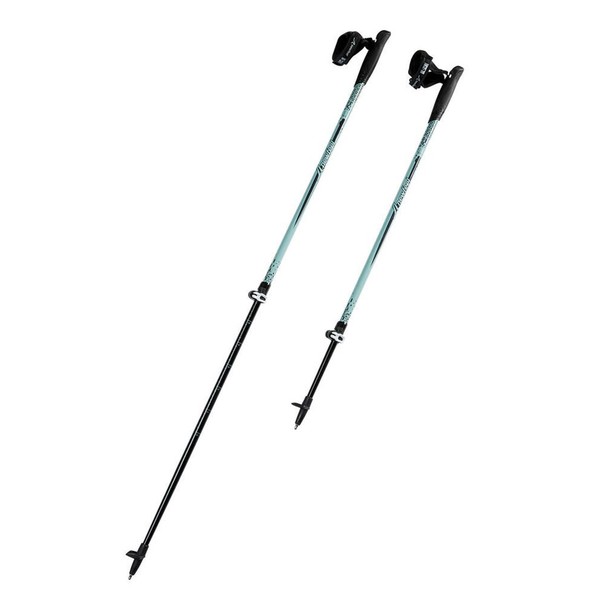
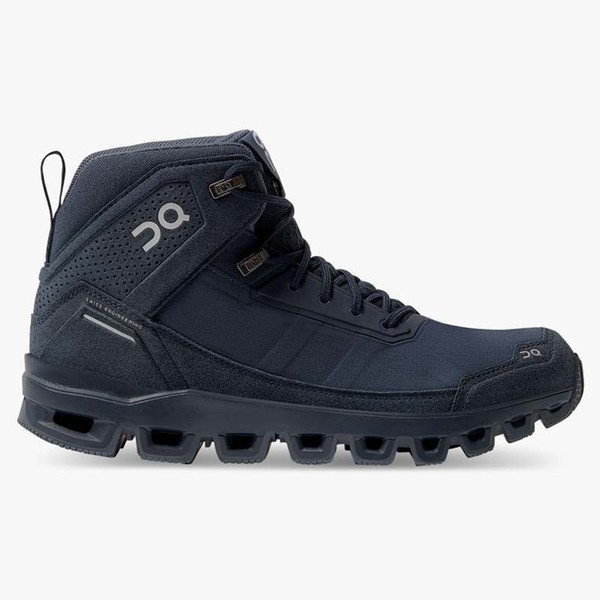
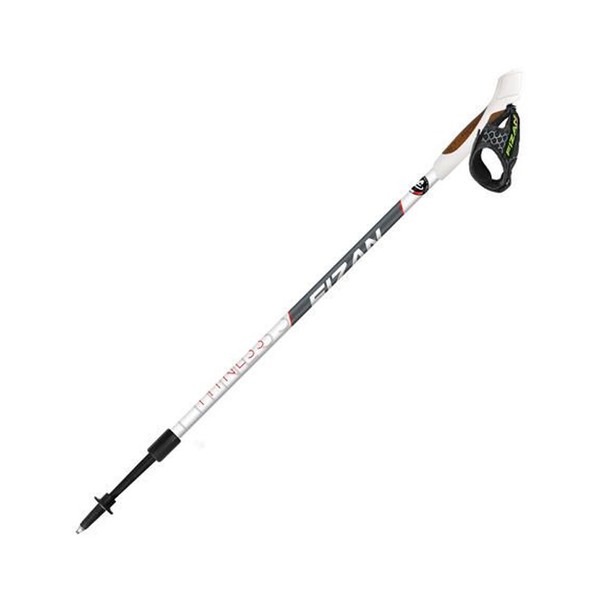
DISCLAIMER: Features published by SheerLuxe are not intended to treat, diagnose, cure or prevent any disease. Always seek the advice of your GP or another qualified healthcare provider for any questions you have regarding a medical condition, and before undertaking any diet, exercise or other health-related programme.
DISCLAIMER: We endeavour to always credit the correct original source of every image we use. If you think a credit may be incorrect, please contact us at info@sheerluxe.com.

